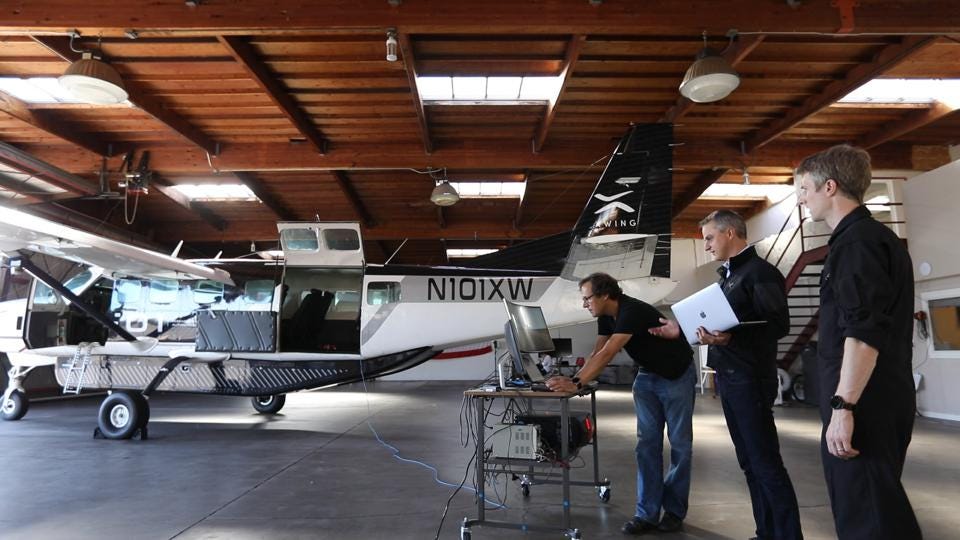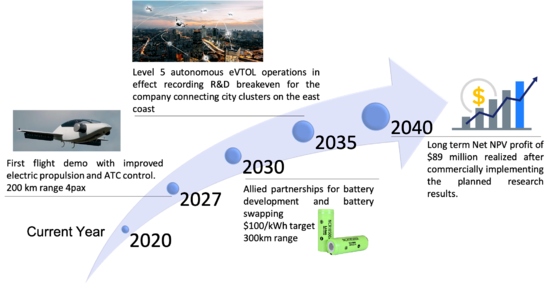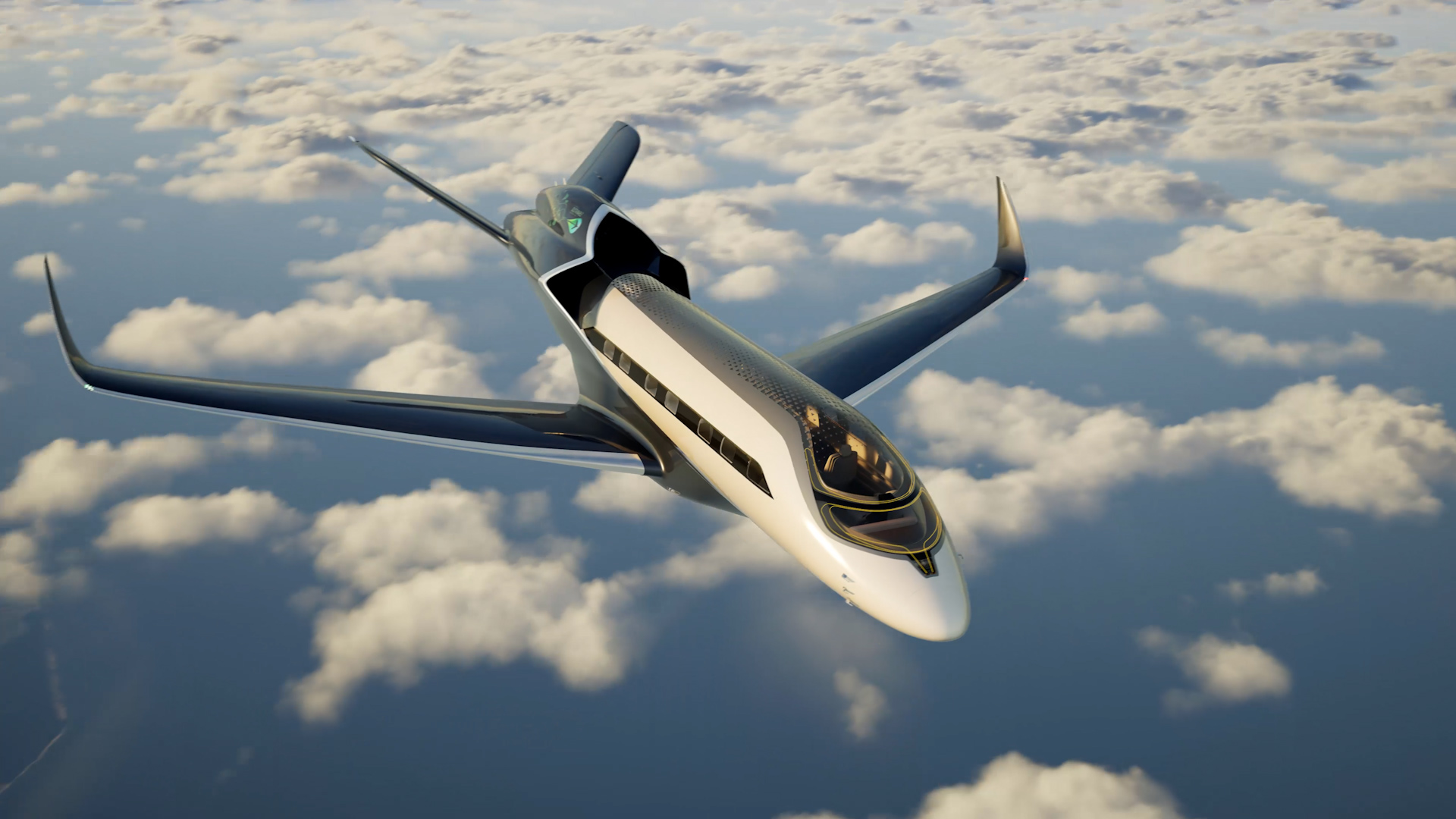TECHNOLOGY
Pros and Cons of Autonomous Flight Technology

Autonomous flight technology has been making headlines in recent years, as major aerospace companies and start-ups race to develop self-flying aircraft.
While the technology has the potential to revolutionize the aviation industry, it also raises a number of concerns and questions about safety, security, and ethical implications. In this article, we will examine the pros and cons of autonomous flight technology, and look at some of the current and future applications of this cutting-edge technology.
What is Autonomous Flight Technology?

Autonomous flight technology refers to the use of artificial intelligence, machine learning algorithms, and other advanced technologies to develop aircraft that can fly without human intervention. The development of autonomous flight technology is being driven by the need to increase the efficiency, safety, and sustainability of air transportation, as well as the military’s need for unmanned aerial vehicles (UAVs) for surveillance, reconnaissance, and attack missions.
Pros of Autonomous Flight Technology

Autonomous flight technology can increase efficiency and productivity. Here are the most important advantages of autonomous flight technology:
1. Increased Safety
One of the primary advantages of autonomous flight technology is enhanced safety. Autonomous aircraft can be programmed to follow safe flight paths and procedures, reducing the risk of human error that can result in accidents. For example, self-flying aircraft can be programmed to avoid turbulence, storms, and other hazardous weather conditions, making air travel safer for passengers.
2. Improved Efficiency
Another advantage of autonomous flight technology is improved efficiency. Autonomous aircraft can fly more efficiently than manned aircraft, reducing fuel consumption and emissions. They can also fly more precise routes, reducing travel time and reducing the carbon footprint of air transportation.
3. Cost Savings
In addition to increased safety and improved efficiency, autonomous flight technology can also lead to cost savings. Self-flying aircraft can fly more hours than manned aircraft, reducing the need for maintenance and crew costs. They can also fly more precise routes, reducing fuel consumption and further reducing costs.
4. Military Applications
The military also has a keen interest in autonomous flight technology. Unmanned aerial vehicles (UAVs) can be used for surveillance, reconnaissance, and attack missions, reducing the risk to human pilots. They can also be used for dangerous and difficult missions, such as flying in hazardous environments or flying in conflict zones.
Cons of Autonomous Flight Technology

UAVs equipped with cameras and other sensors can collect and transmit data, potentially violating individual privacy rights. Here are some major cons of autonomous flight technology:
1. Technical Challenges
One of the biggest challenges of autonomous flight technology is the technical difficulties involved in developing self-flying aircraft. The technology is still in its early stages, and there is much work to be done to refine the algorithms and systems used to control autonomous aircraft. There are also concerns about the reliability and safety of these systems, and how they will perform in real-world conditions.
2. Privacy and Security
Another concern with autonomous flight technology is privacy and security. Autonomous aircraft can be equipped with cameras, sensors, and other surveillance technologies, raising questions about privacy and security. There are also concerns about the potential for malicious use of autonomous aircraft, such as for espionage or other criminal activities.
3. Job Losses
The development of autonomous flight technology also raises concerns about job losses in the aviation industry. As self-flying aircraft become more common, there may be a reduced need for human pilots, flight attendants, and other aviation professionals. This could lead to significant job losses in the aviation industry, and a need for workers to be retrained for new careers.
4. Ethical Implications
Finally, the development of autonomous flight technology raises important ethical questions about the use of artificial intelligence and machine learning algorithms in the aviation industry. There are concerns about the potential for bias and discrimination in the algorithms used to control autonomous aircraft, as well as questions about accountability in the event of accidents or other incidents.
What’s Next for Autonomous Flight Technology?
The future of autonomous flight technology looks promising, with many exciting developments and advancements on the horizon. Here are some of the trends and innovations that we can expect in the near future:
-
Increased Integration with Other Technologies: Autonomous flight technology will continue to integrate with other technologies, such as artificial intelligence, machine learning, and the Internet of Things (IoT), to enhance their capabilities and performance. For example, UAVs equipped with AI algorithms will be able to make more informed decisions, operate more efficiently, and adapt to changing conditions.
-
Wider Adoption in Commercial Applications: We can expect to see wider adoption of UAVs in commercial applications, such as delivery services, agriculture, and construction. As regulations and infrastructure evolve to support their use, UAVs will become increasingly integrated into these industries, providing significant benefits in terms of efficiency, cost-effectiveness, and safety.
-
Expansion into New Applications: Autonomous flight technology will continue to expand into new applications, such as environmental monitoring, wildlife tracking, and search and rescue operations. UAVs equipped with specialized sensors and cameras will be able to gather valuable data and provide new insights into various fields, opening up new opportunities and possibilities.
-
Development of Autonomous Flight Networks: The development of autonomous flight networks will enable UAVs to operate more efficiently, safely, and effectively. This will involve the development of dedicated air traffic management systems, communication networks, and regulations to support the widespread use of UAVs.
-
Advancements in Battery Technology: Finally, we can expect to see advancements in battery technology, which will be critical for the continued growth and success of autonomous flight technology. Improved battery technology will enable UAVs to fly for longer periods, reducing downtime and increasing their efficiency and productivity.
In conclusion, the future of autonomous flight technology is bright, with many exciting developments and advancements on the horizon. As the technology continues to evolve and mature, we can expect to see wider adoption in various industries and new applications, providing significant benefits and opportunities for society as a whole.


















You must be logged in to post a comment Login